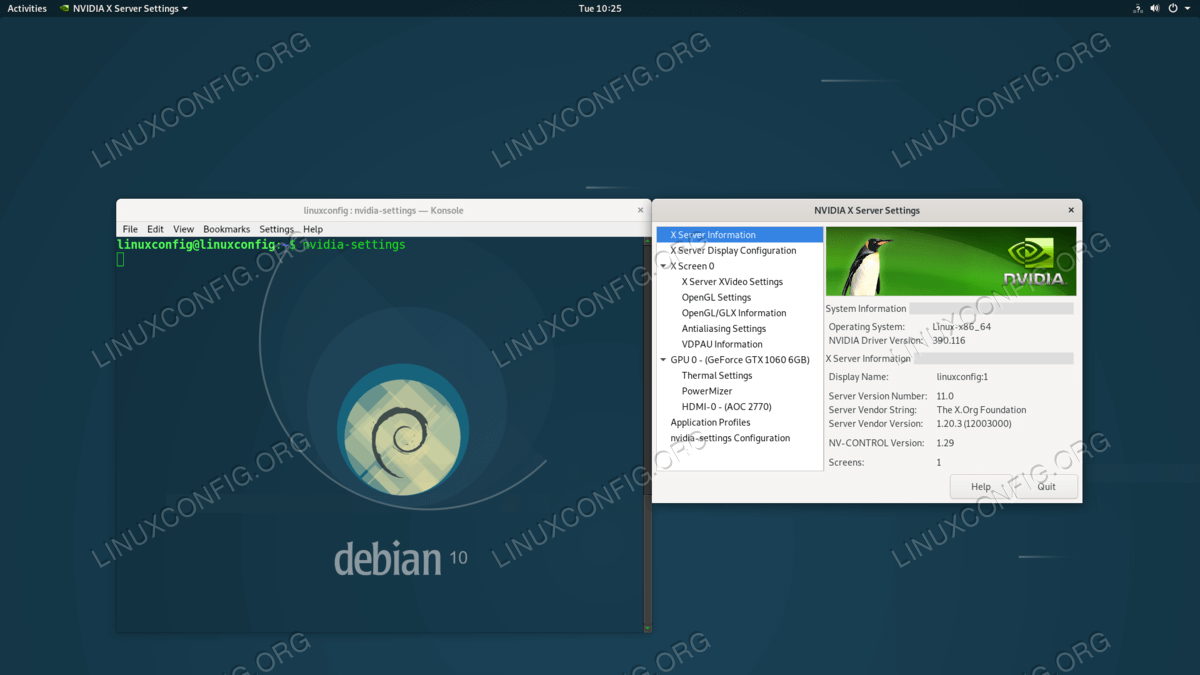

On 15 July 2014, the first release version – Plasma 5.0 – saw the light of day. The first Technology Preview of Plasma 5 (at that time called Plasma 2) was released on 13 December 2013. Plasma 5 is a default desktop environment (or one of the defaults) on Linux distributions, such as:

New widgets created by others can be downloaded within Plasma. Each screen's layout can be individually configured. Flexible desktop and panel layouts composed of individual Widgets (also known as "Plasmoids") which can be individually configured, moved around, replaced with alternatives, or deleted.In addition to launching apps, it can find files and folders, open websites, convert from one currency or unit to another, calculate simple mathematical expressions, and perform numerous other useful tasks. KRunner, a search feature with many available plugins.KDE Plasma with the Breeze Dark theme, with Konsole and Dolphin, core KDE applications. Plasma Nano, a minimal shell for embedded and touch-enabled devices, like IoT or automotive.Plasma Bigscreen for TVs and set-top boxes incl.Plasma Desktop for any mouse or keyboard driven computing devices like desktops or laptops.The latest Plasma 5 features the following workspaces: KDE Plasma 5 is on its own release schedule, with feature releases every four months, and bugfix releases in the intervening months.
#Install nvidia drivers in linux gui software#
Since the split of the KDE Software Compilation into KDE Plasma, KDE Frameworks and KDE Applications, each subproject can develop at its own pace.

#Install nvidia drivers in linux gui driver#
Support for NVIDIA proprietary driver for Plasma on Wayland was added in the 5.16 release (June 2019). Stable support for a basic Wayland session was provided in the 5.5 release (December 2015). It was made initially available in the 5.4 release. Support for Wayland was prepared in the compositor and planned for a later release. KDE Plasma 5 uses the X Window System and Wayland.


 0 kommentar(er)
0 kommentar(er)
